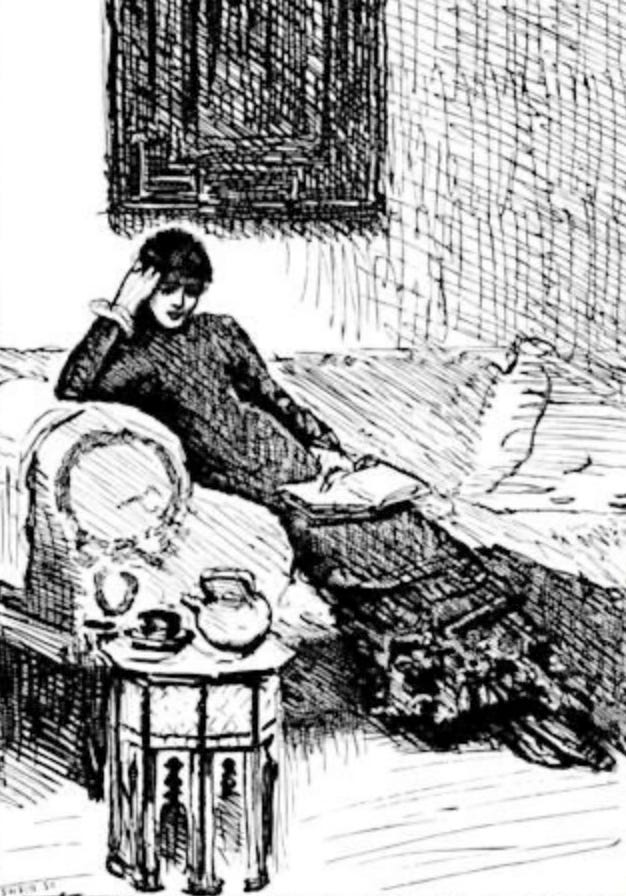On The Moral Economy of Attention
Affordances, Virtue, and the World We See
“Attention is the rarest and purest form of generosity.” – Simone Weil
The Room Is Never Neutral
Walk into a room. For some, it is bare walls and empty space. For the carpenter, those walls are surfaces: to be planed, joined, supported. For the musician, the room is acoustics, reverberation, silence or resonance. For the child, it is a playground: places …



